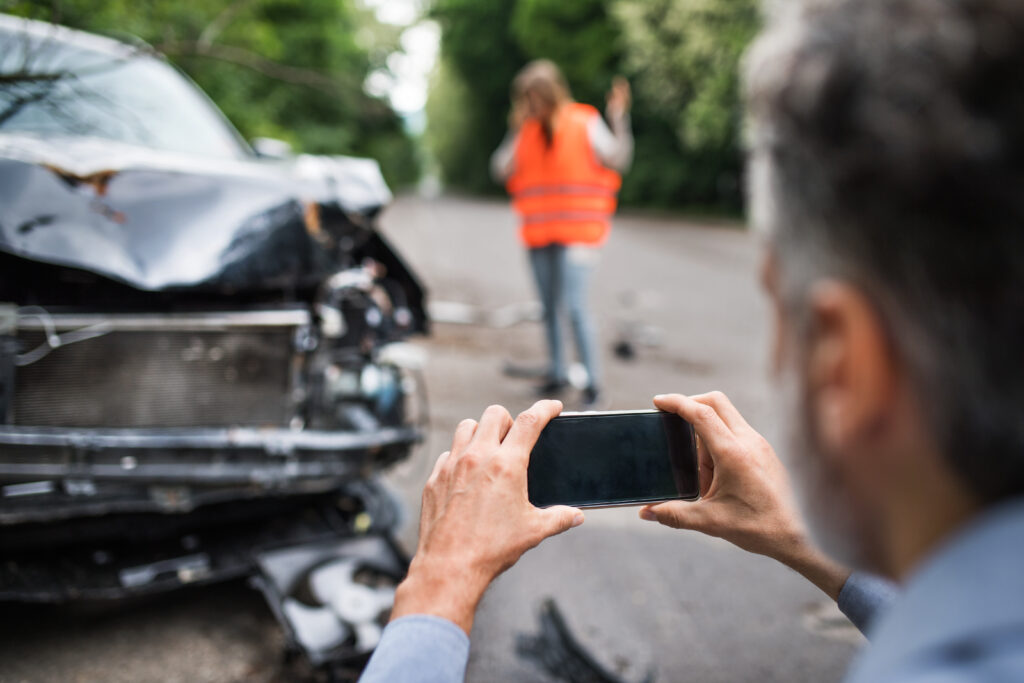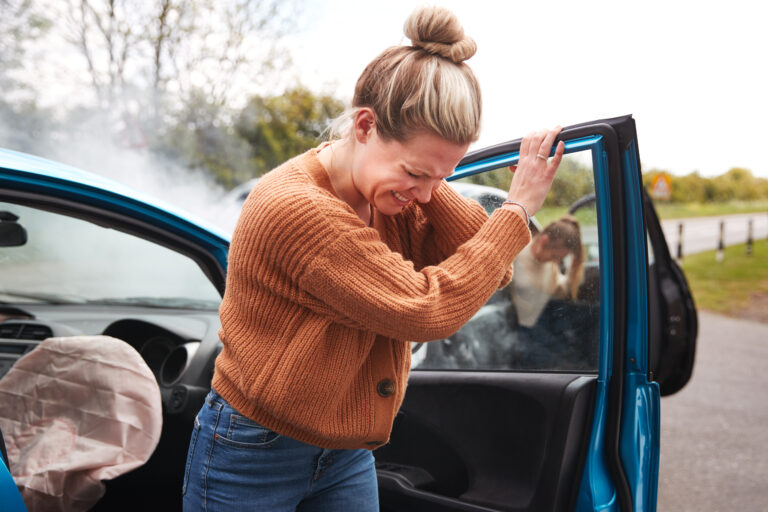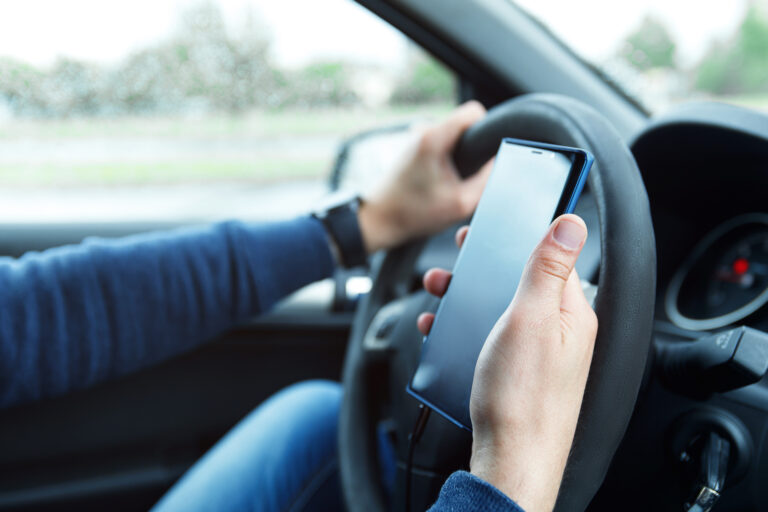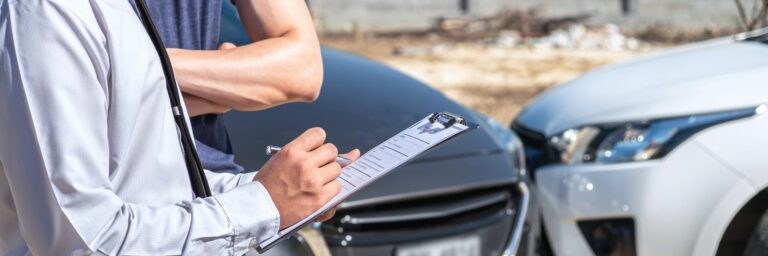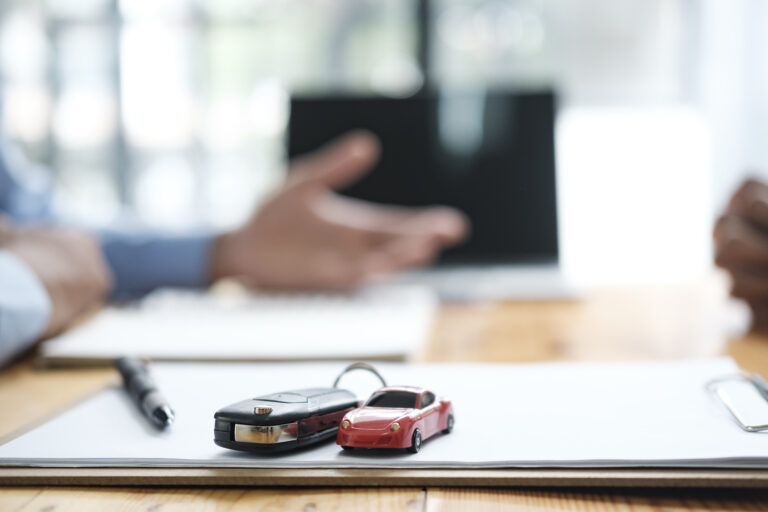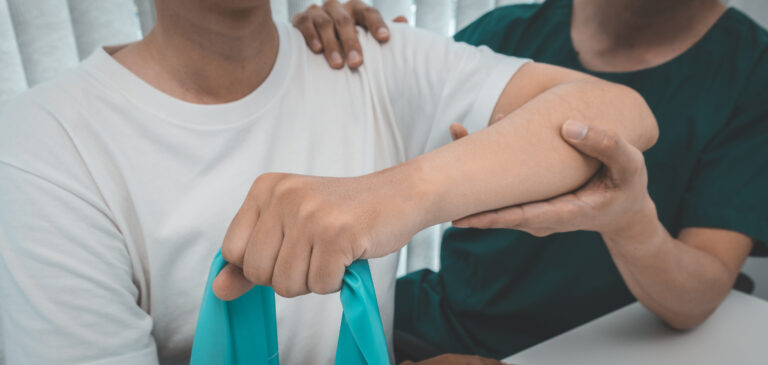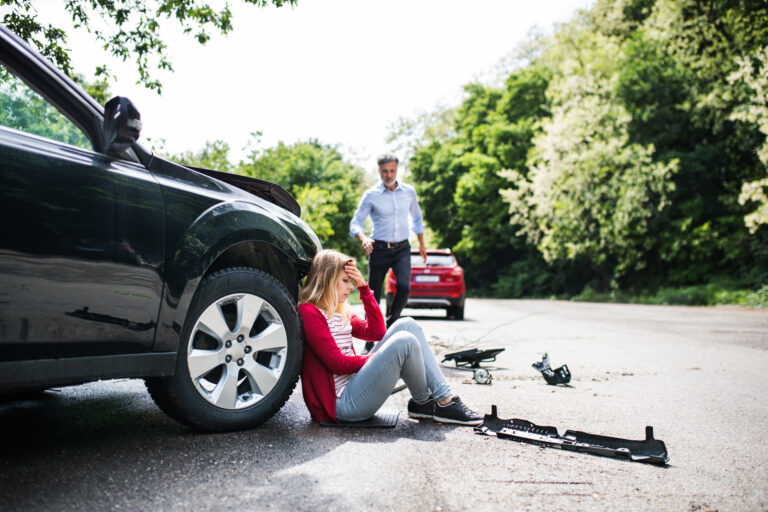Introduction
In the chaotic aftermath of a car accident, taking pictures can be an invaluable step to document the scene and protect your interests, especially if you need to file an insurance claim or pursue a legal case. However, knowing what types of pictures to take is crucial for building a comprehensive record of the accident. In this article, we’ll guide you through the essential types of pictures you should take at the scene of a car accident.
Overall Scene Shots
Start by taking wide-angle photos that capture the entire accident scene. These photos should include:
- The position of all vehicles involved in the accident.
- The surrounding road and traffic conditions.
- Any relevant road signs, traffic signals, or signals that may have contributed to the accident.
Vehicle Damage
Document the damage to all vehicles involved from various angles:
- Close-up shots of the damage to each vehicle, including dents, scratches, and any broken parts.
- Include photos of the license plates of all vehicles.
Injury Photos (If Safe and Appropriate)
If there are visible injuries to yourself or others involved, take photos to document them:
- Photograph any visible injuries, such as cuts, bruises, or abrasions.
- Be respectful of privacy and only take injury photos if it’s safe and appropriate to do so.
Skid Marks and Debris
If applicable, document any skid marks on the road and debris from the accident:
- Skid marks can indicate the points of impact and the movement of the vehicles.
- Debris, such as broken glass or pieces of vehicles, can also help reconstruct the accident.
Road Conditions
Capture images of the road conditions:
- Photograph potholes, uneven surfaces, or any other road defects that may have played a role in the accident.
- If relevant, document weather conditions, including rain, snow, or fog.
Traffic Signs and Signals
Take pictures of any relevant traffic signs, signals, or lights:
- This includes stop signs, yield signs, traffic lights, and pedestrian crossing signs.
- Photograph their visibility and condition.
Witnesses and Their Vehicles
If there are witnesses to the accident, take photos of them, if they consent, and their vehicles:
- Capture their contact information and their proximity to the accident scene.
- License and Insurance Information
Photograph the driver’s licenses and insurance information of all parties involved:
- Ensure the photos are clear and legible to avoid disputes later.
Personal Notes and Sketches
- Write down your observations, including any statements from the other driver(s) or witnesses.
- Create a simple diagram illustrating the position of vehicles before and after the accident.
Contextual Shots
Take photos that provide context:
- Capture any unique features of the scene, such as nearby landmarks or road signs.
Conclusion
Taking suitable types of pictures at the scene of a car accident can significantly impact your ability to seek compensation and ensure a fair resolution. These photos serve as vital evidence and can help reconstruct the accident accurately. Always prioritize safety and follow the guidance of law enforcement officials when taking photos at the scene. By being thorough and organized in your documentation, you can effectively protect your interests and support your insurance claim or legal case.

